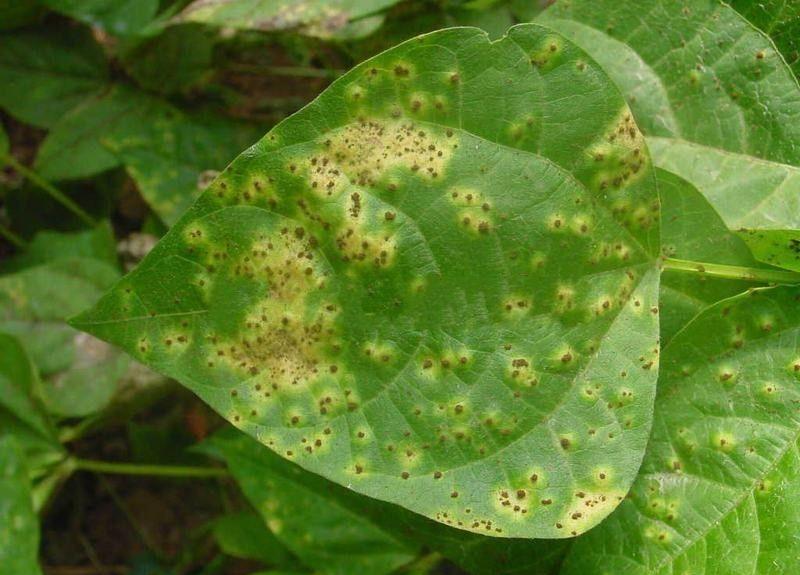
The weather in Brazil this growing season has been a tale of two extremes - hot and dry weather in
central Brazil and excessive wetness in southern Brazil. In other words, it has been exactly opposite
of what is normally expected. If there is going to be a drought in Brazil, it is usually in southern Brazil
and if there is going to be too much rainfall, it is usually in central Brazil. In central Brazil, farmers are
seeing their soybean wither under the relentless conditions, while in southern Brazil, farmers are
concerned about the potential for soybean rust impacting their soybean production.
Embrapa is now reporting 141 confirmed cases of soybean rust in Brazil. The state of Parana has the
most with 66, followed by Rio Grande do Sul with 44, Sao Paulo with 11, Mato Grosso do Sul with 7,
Mato Grosso with 5, Santa Catarina with 5, Minas Gerais with 2, and Tocantins with 1. Last year at this
time there were 65 cases. The worst year was 2009/10 with 207 cases and the best year was 2011/12
with 14 cases.
Everyone in southern Brazil is concerned about soybean rust. This is the second most cases of rust in
Brazil for the third week of December during the ten years that Embrapa has been tracking the disease.
The ten-year average for the third week of December is 66 cases and the five-year average is 35,
so this year is running about four times the average number of cases for the last five years.
Just because there is a lot of soybean rust, that does not necessarily mean that there will lower yields as
a result. The eventual impact of the disease will depend on the weather going forward. If the wet weather
persists in southern Brazil, it could prevent farmers from applying their fungicides in a timely manner and
there could be yield reductions as a result. If the wet weather eases in January and February allowing
farmers to make timely applications, then they should be able to keep losses to a minimum.
In a normal year, farmers generally spray for rust every 20-30 days, but in wet years such as this, farmers may
have to spray every 12-15 days to keep the disease under control. Farmers are concerned that wet weather
may prevent them from spraying their fungicides when needed,which in turn could allow the disease to have
a greater impact on the crop. Scientists in Brazil are advising farmers to rotate their fungicides in order to slow
down the disease from developing resistance to the fungicides. A number of fungicides have already lost
about half of their effectiveness due to the disease developing resistance.
On the positive side, there have not been any cases of soybean rust reported in commercial soybean fields
in the stats of Mato Grosso, Goias, or Bahia. The disease thrives in hot and humid conditions and the weather
in these central Brazilian states has been just the opposite - hot and dry.